Packages & Tutorials
Engineering Files & Tools
Software
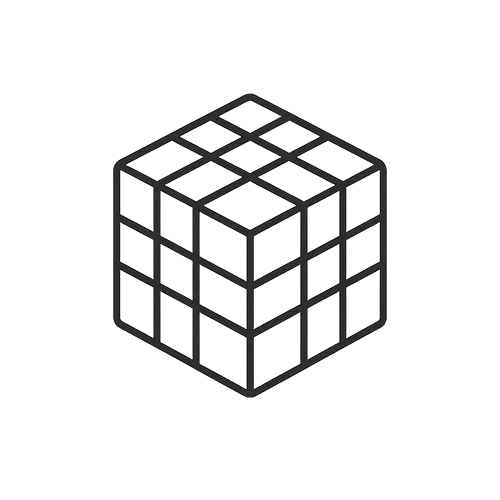
Ready-to-use Models (FEA/CFD)
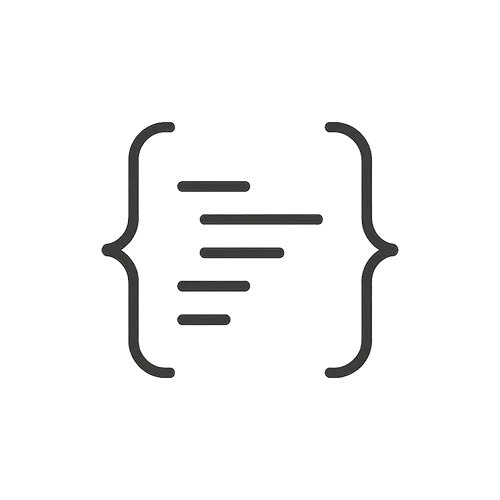
Excel Sheets & Hand Calculations
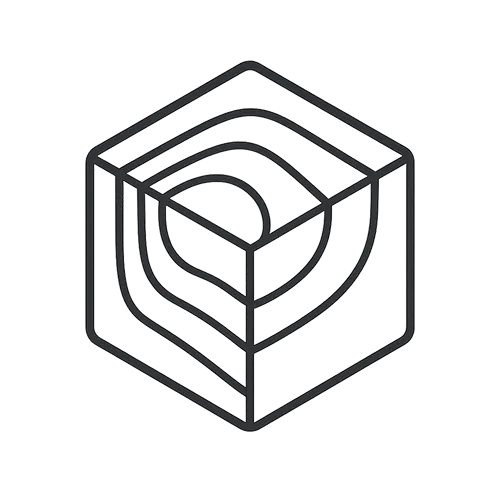



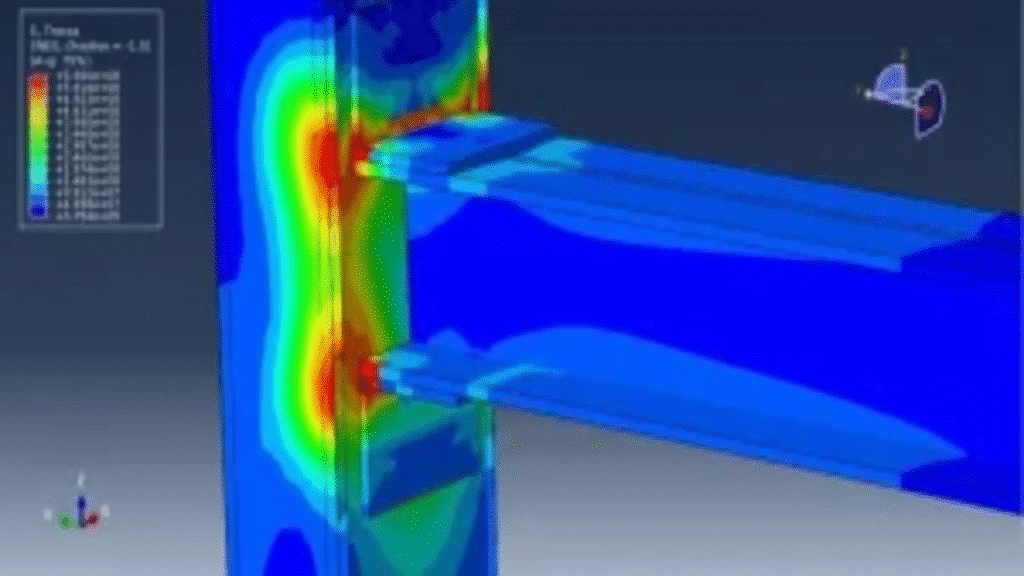
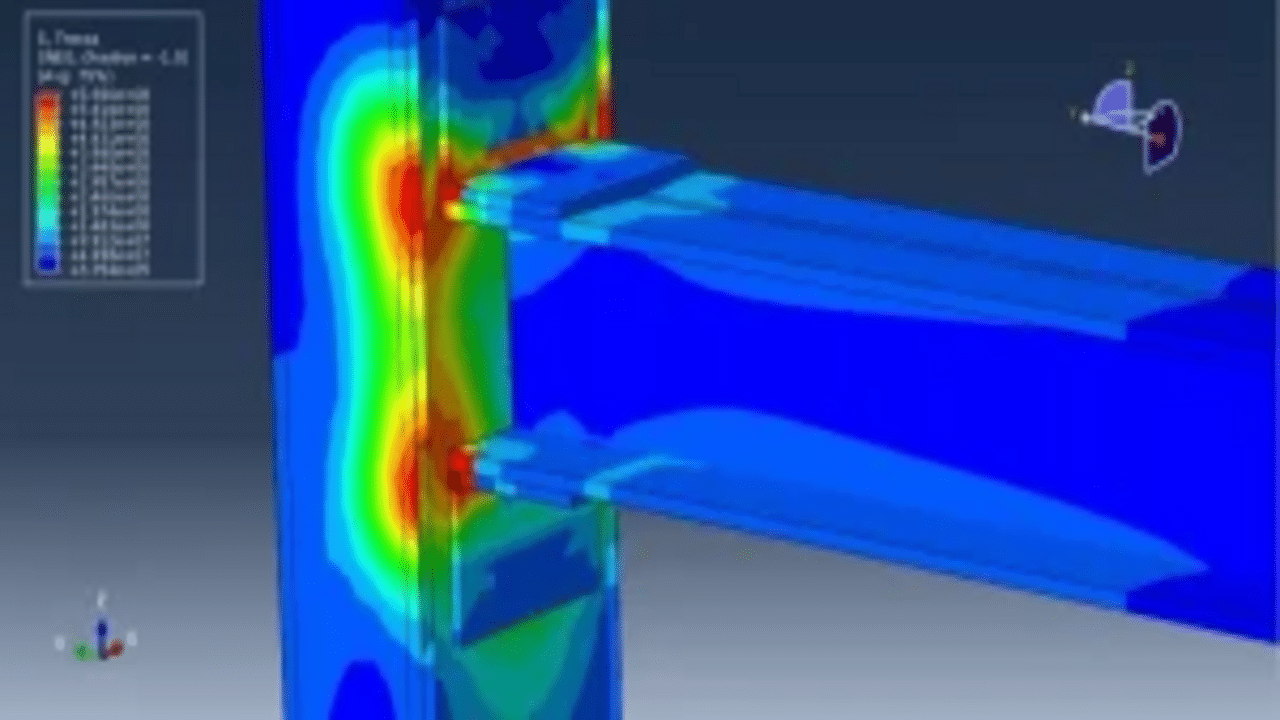
Product Overview:
In this tutorial, we investigate the simulation of a steel beam-column connection with a steel angle subjected to cyclic loading using Abaqus. The beam and column are modeled as three-dimensional shell parts, while the steel angle is also represented as a three-dimensional shell part.
The steel material is modeled as elastic-plastic, incorporating ductile damage parameters to accurately capture failure behavior under cyclic loading conditions. It is crucial to ensure that the shell thickness is oriented correctly to avoid any interference during the simulation.
A general static step is employed, with modifications made to prevent convergence errors. The general contact algorithm is used, with contact properties assigned for friction and hard contact. Given that the steel angle is welded to both the column and the beam, the contact between these components is assumed to be perfect.
Fixed boundary conditions are applied at the end of the column, while specific displacement protocols are assigned to the base of the beam. The quality of the mesh significantly influences the accuracy of the simulation results, so careful attention is given to meshing.
After conducting the simulation, various results—including stress, strain, and damage—are obtained. The maximum stress values can be observed during each loading cycle.


Dynamic
€1,00 €0,00
See more

Want to receive push notifications for all major on-site activities?